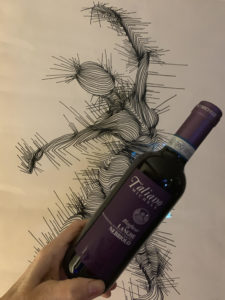After a lengthy process that started a number of years ago, the Soave DOC has officially adopted a hierarchical, Burgundian-style classification system, where ‘cru’ sites sit at the top of the quality spectrum.
The new DOC regulations will feature 33 distinct cru areas that have been selected for their potential to yield grapes of superior nature.
As of next vintage, these are the crus (officially called Unità Geografiche Aggiuntive) you will find on Soave labels:
Castelcerino, Colombara Froscà, Fittà, Foscarino, Volpare, Tremenalto, Carbonare, Tenda, Corte Durlo, Rugate, Croce, Costalunga, Coste, Zoppega, Menini, Monte Grande, Ca’ del Vento, Castellaro, Pressoni, Broia, Brognoligo, Costalta, Paradiso, Costeggiola, Casarsa, Monte di Colognola, Campagnola, Pigno, Duello, Sengialta, Ponsarà, Roncà – Monte Calvarina.
Most of the crus, whose vineyard area covers 40% of the appellation, are found on Soave’s hillsides, with 29 out of 33 located within the prized Soave Classico area.
The selection process, which started back in 2000, involved a number of factors that affect fruit quality, including altitude and gradient of the hills as well as training system.
‘The approval of the crus is another great step forward for our appellation,’ commented Aldo Lorenzoni, director of the Consorzio di Tutela del Soave. ‘The place of origin of the grapes has always been a crucial part of our communication strategy.’


 2016 Taliano Michele Blagheur Nebbiolo, Langhe DOC, Piedmont, Italy
2016 Taliano Michele Blagheur Nebbiolo, Langhe DOC, Piedmont, Italy